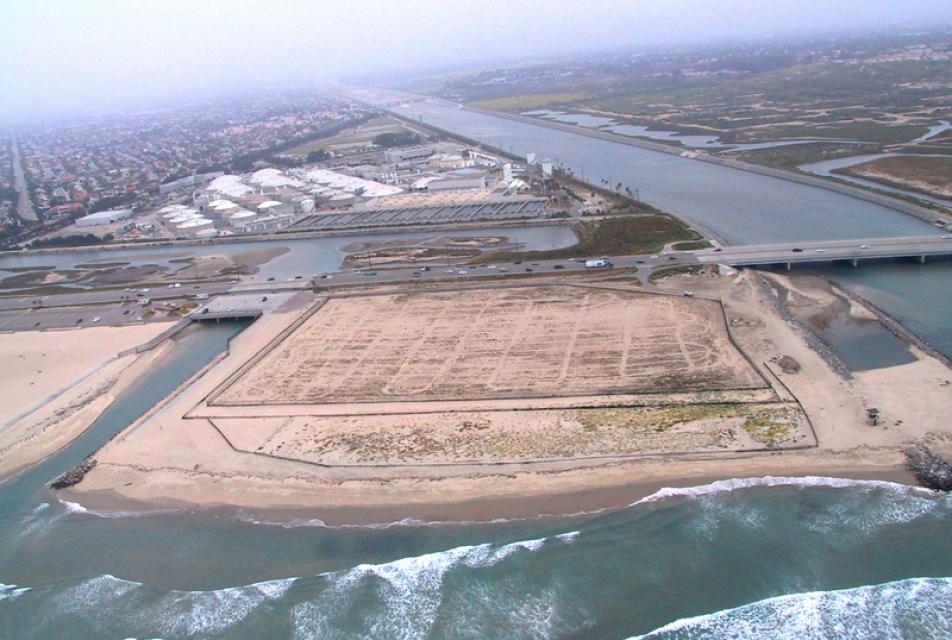Santa Ana River
Southern California’s Santa Ana River is the largest watershed drainage south of the Sierra and is located largely in a highly urbanized, highly regulated setting.
At about 100 miles long and with more than 50 tributaries, the Santa Ana spans parts of San Bernardino, Riverside and Orange counties as it drains 2,840 square miles of land.
The river is divided geographically into upper and lower watersheds that are delineated by the 60 year-old Prado Dam, a flood control facility located on the river where it cuts through the Santa Ana Mountains section of the Coast Range. The dam is in response to the river’s flood-prone past and is the separation between the most natural and most developed river reaches.
The $1.8 billion Santa Ana River Mainstem Flood Control Project aims to protect people and property in San Bernardino, Riverside and Orange counties. This includes the Seven Oaks Dam completed in 1999. Mitigation for environmental damage by the project includes the preservation of about 1,700 acres in the Santa Ana Canyon as open space and the construction of salt marsh habitat for endangered species.
Water Rights and Water Quality
The Santa Ana River’s mainstem, tributaries and underlying aquifers provide water for a variety of stakeholders, requiring balancing competing interests.
As Southern California has rapidly urbanized in the past 50 years, issues of water rights and water quality along the Santa Ana have come to the forefront.
Water rights on the river have been addressed in several court judgments, two of which establish the framework for the rights and responsibilities of the major water users in the basin. The 1969 Orange County decision divided water between the upper and lower basins based upon specified flows at Prado Dam and the Riverside Narrows, with agencies downstream guaranteed 42,000 acre-feet of water annually. Water users above the dam are required to deliver water to the reservoir.
Meanwhile, an interceptor facility has dealt with an agricultural and industrial legacy of salts and nitrates. The Santa Ana Regional Interceptor pipeline carries high-saline waste, such as the brine from desalting plants, to special treatment plants before it is discharged to the ocean. The waste conveyance helps to achieve “salt balance” – making sure the amount of salinity generated in the watershed is properly managed.









